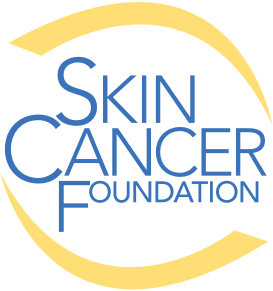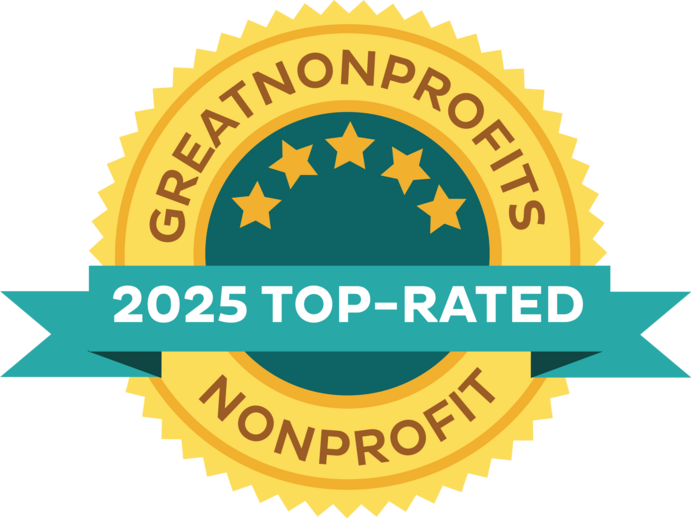Ridofranz/Getty Images
Since 2019, our early detection campaign, The Big See, has empowered people to take a proactive approach to early detection of skin cancer. But we still have work to do, especially with certain skin cancer risk groups. That why we’re highlighting the Hispanic community here.
Skin cancer originates in skin cells and develops until it becomes visible. It is the cancer that you can see. That’s why The Skin Cancer Foundation created The Big See campaign: to empower people to take a proactive approach to early detection.
While our campaign has had a great impact on public awareness, many people in the Hispanic community may not know they are at risk. A simple way to detect possible skin cancer is to get to know your skin, check it regularly and recognize anything new, changing or unusual. Then take action. This could save your life.
A survey on knowledge, attitudes and practices about sun protection conducted among Hispanic people revealed that most participants wanted to learn more about skin cancer. We are pleased to provide this information created especially for you!
Why Do We Want to Increase Your Knowledge?

PacoRomero/Getty Images
- Because skin cancer is visible, and its appearance can vary across different skin tones. In addition, some people may not know what signs to look for on their skin — or may not even consider themselves at risk. If that applies to you, it can be detrimental to your health.
- The consequences of melanoma can be more serious when it is not detected early. This type of skin cancer can become aggressive. Some studies have reported that melanoma in Hispanic populations tends to be diagnosed in younger people and at more advanced stages than in non-Hispanic white people — and with thicker tumors that are more likely to spread to lymph nodes or beyond (metastasize).
- Later diagnosis can mean a worse outcome. This may be the result of low public awareness, low perception of risk, limited or delayed access to health services, inadequate health education or insufficient awareness among some health-care providers.
- When treatment is delayed, survival decreases, and mortality is higher.
What Increases Your Risk?
Exposure to ultraviolet radiation: Most skin cancers are caused or triggered by excessive exposure to ultraviolet (UV) radiation from the sun or tanning beds. Some studies indicate that Hispanic people do not consider sun protection a priority and most do not make it a daily habit. In fact, one study revealed that 47.1 percent of the 5,158 self-identified Hispanic respondents said they rarely or never used sunscreen.
Working outdoors: According to the World Health Organization and the International Labor Organization, nearly one in three deaths from nonmelanoma skin cancer is related to sun exposure associated with working outdoors. This is concerning because the jobs with the highest concentration of Hispanic workers in the U.S. are outdoor jobs, including agriculture, fishing and construction. A 2024 survey conducted by the American Academy of Dermatology found that half of outdoor workers reported getting sunburned while working during the previous summer (2023).
Tanning beds: According to an analysis published in JAMA Dermatology, white Hispanic people were 2.5 times more likely to have used a tanning bed in the past year than non-Hispanic white people. Another study estimated that 419,000 cases of skin cancer per year in the U.S. may be linked to tanning beds, so the risk is clear!
How to Take Action: Prevention
Your first step is to make sun protection part of your daily routine, as much a habit as brushing your teeth. This includes daily use of sunscreen on all exposed skin. Don’t leave home without putting it on, then carry it with you and reapply it every two hours when you are outdoors, or after swimming or sweating. Cover your skin with clothing, sunglasses and wide-brimmed hats (a baseball cap is better than nothing), and seek shade whenever possible.
How to Take Action: Early Detection
Give your skin some love! Examine your skin regularly from top to bottom, both front and back, and pay attention to spots, moles and marks. Use a mirror and ask a friend or partner for help with the parts of your body that you can’t see.
Keep these three words in mind:
- New: something that was not there before.
- Changing: any change in size, texture, thickness, color or shape.
- Unusual: a spot or mole that does not look like others or that begins to hurt, crust or bleed.
Do you see anything that makes you say, “What’s that?” Make an appointment with a dermatologist! Learn more at SkinCancer.org/thebigsee.





